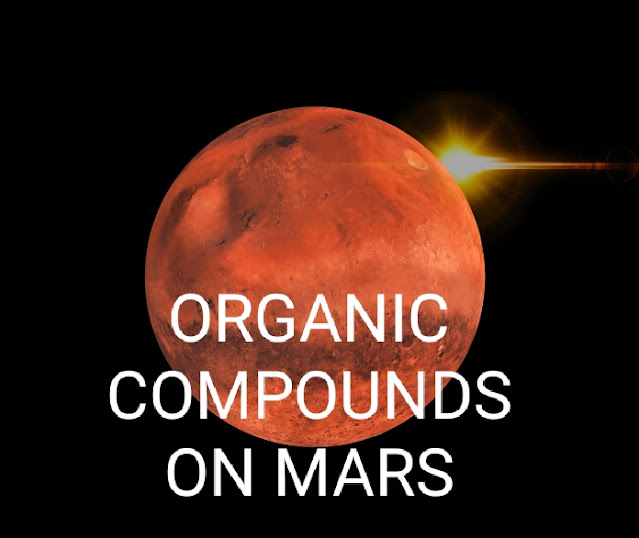Jupiter is the fifth planet from the Sun and the largest in the Solar System. This is basically a gas giant and has mass equal to 1000th part of the Sun and two and a half times the mass of the total of other seven planets of the Solar System. In the night sky Jupiter can be seen from naked eye. It has been observed since the pre-historic times and is named after the Roman God Jupiter, the King of Gods, because of its massive size.

When viewed from Earth, Jupiter can reach a record relative to –2.49, bright enough to cast shadows making it the average third brightest object in the sky after Moon and the Venus. Jupiter is primarily composed of hydrogen, but helium consists a quarter of its total mass and its core is probably made up of rocky material and heavier elements, but like other giant planets, Jupiter lacks a well defined solid surface. Because of its rapid rotation, its shape is that of an oblate spheroid (and has a slight but noticeable bulge around the equator. On its outer atmosphere we can see different bands, which differentiates the dissimilar environment of the planet. A prominent result of this is the Great Red spot, a giant storm that is known to have existed since at least the 17th century when it was first seen by telescope.
Jupiter is surrounded with a faint planetary ring system and has a strong magnetic field which has a tail of nearly 800 million km long, covering the entire distance to Saturn's orbit. Jupiter has minimum 79 known moons (till 2018), including the four Galilean moons discovered by Galileo Galilei in 1610. Ganymede, the largest of these, has a diameter greater than that of the planet Mercury.
Pioneer 10 was the first spacecraft to visit Jupiter, making its closest approach to the Planet in 1973. In 1995, Jupiter was visited by the Galileo orbiter. In 2007, Jupiter was visited by the New Horizons probe which used Jupiter's gravity to increase its speed and bend its trajectory en route to Pluto. The latest probe to visit the planet is Juno, entered orbit around Jupiter in July 2016.
Formation Of Planet
Jupiter is most likely the oldest planet in the Solar System. It first assembled a large solid core before accumulating its gaseous atmosphere. Formation models suggest Jupiter grew to 20 times the mass of the Earth in under a million years. The orbiting mass created a gap in the disc, thereafter slowly increasing to 50 Earth masses in 3-4 million years.
Physical Characteristics
Jupiter is one of the four gas giants, being primarily composed of gas and liquid rather than solid matter. It is the largest planet in the Solar System, with a diameter of 1,42,984 km (88,846 mi) at its equator.
Composition
Upper atmosphere of Jupiter consists of about 90% hydrogen and 10% helium. Since helium atoms are more massive then hydrogen atoms, jupiter's atmosphere is approximately 75% hydrogen and 24% helium by mass, with the remaining 1% consisting of other elements. The atmosphere contains trace amounts of methane, water vapour, ammonia and silicon-based compounds. There are also fractional amounts of carbon, ethane hydrogen sulfide, neon, Oxygen, phosphine, and sulphur. The outermost layer of the atmosphere contains crystals of frozen ammonia. Through infrared and ultraviolet measurements, trace amounts of benzene and other hydrocarbons have also been found. The interior of Jupiter contains denser materials—by mass it is roughly 71%, hydrogen, 24% helium, and 5% other elements.
Mass And Size
Jupiter's mass is 2.5 times that of all the other planets in the solar system combined. Jupiter is much karger than Earth in terms of volume but is considerably less dense; its volume is equal to that of 1321 Earths, but it is oly 318 times as massive (mass). Jupiter's radius is about one-tenth of the Sun, and its mass is one-thousandth the mass of the Sun, so the densities of the two bodies are similar.
Although Jupiter would need to be about 75 times more massive to fuse hydrogen and become a star, the smallest that war is only about 30% larger in radius than Jupiter. Despite this, Jupiter still radiates more heat than it gets from the Sun; the amount of heat produced inside it is similar to the total solar radiation it recieves. The additional heat is generated by "Kelvin helmholtz mechanism" through contraction. This process causes Jupiter to shrink by about 1 mm/yr. When formed, Jupiter was hotter and was about twice its current diameter.
Atmosphere
Jupiter has the deepest planetary atmosphere in the Solar System spanning over 5,000 km (3000 mi) in altitude. Jupiter is perpetually covered with clouds composed of ammonia crystals and possibly ammonium hydrosulfide. The cloud layer is about 50 km (31 mi) deep, and consists of at least two decks of clouds: a thick lower deck and a thin clearer region. There may also be a thin layer of water clouds underlying the ammonia layer. Flashes of lightning ⚡ detected in the atmosphere supports the presence of water clouds beneath. These electrical discharges can be up to a thousand times as powerful as lightning on Earth. These water clouds are assumed to generate thunderstorms in the same way as terrestrial thunderstorms, driven by the heat rising from the interior.
Here are some other important figures that we should know about Jupiter:
1. Surface temperature: No solid surface
2. Distance from Sun: 778 million km (484 million mi)
3. Diameter: 1,42,984km (88850mi)
4. Gravity: 24.79m/s²
5. Solar day: 9 hrs. 56 mins
6. Solar year: 4332.59 Earth days
7. Satellites: 79 known moons
8. Surface Area: 6.14*10¹⁰km²
9. Volume: 1.43*10¹⁵km³
10. Mass: 1.898*10²⁷kg
11. Density: 1.33g/cm³









Comments
Post a Comment